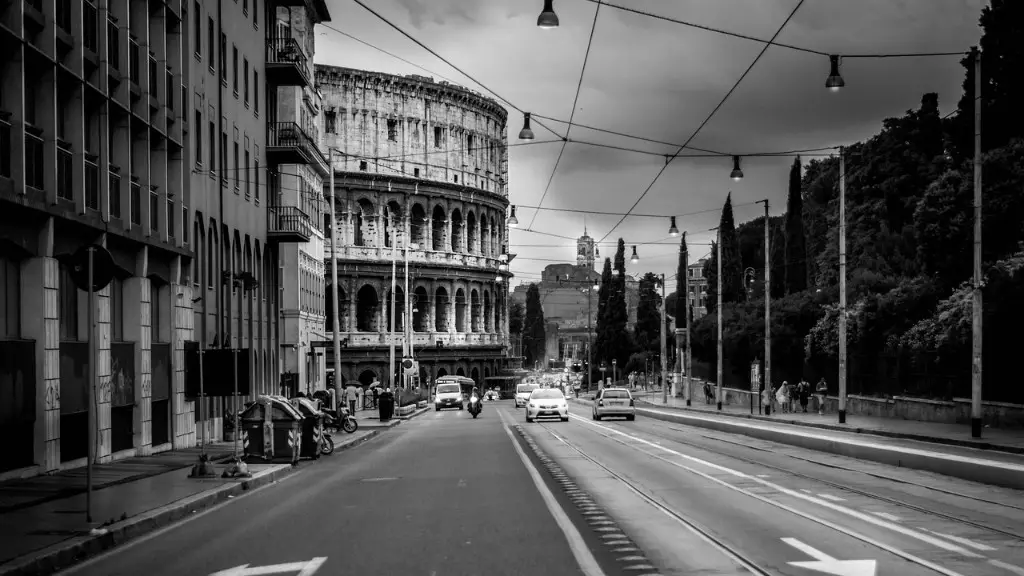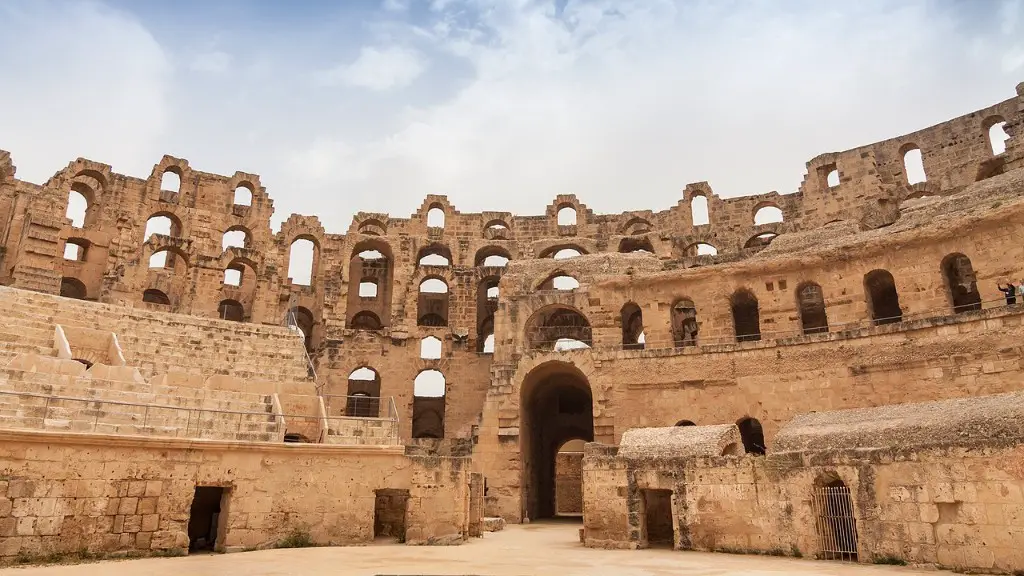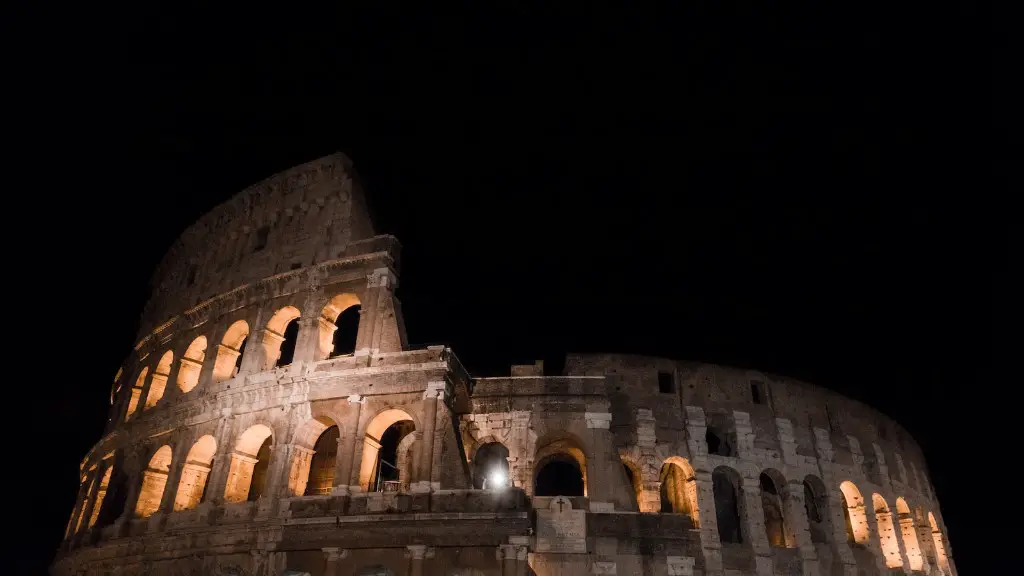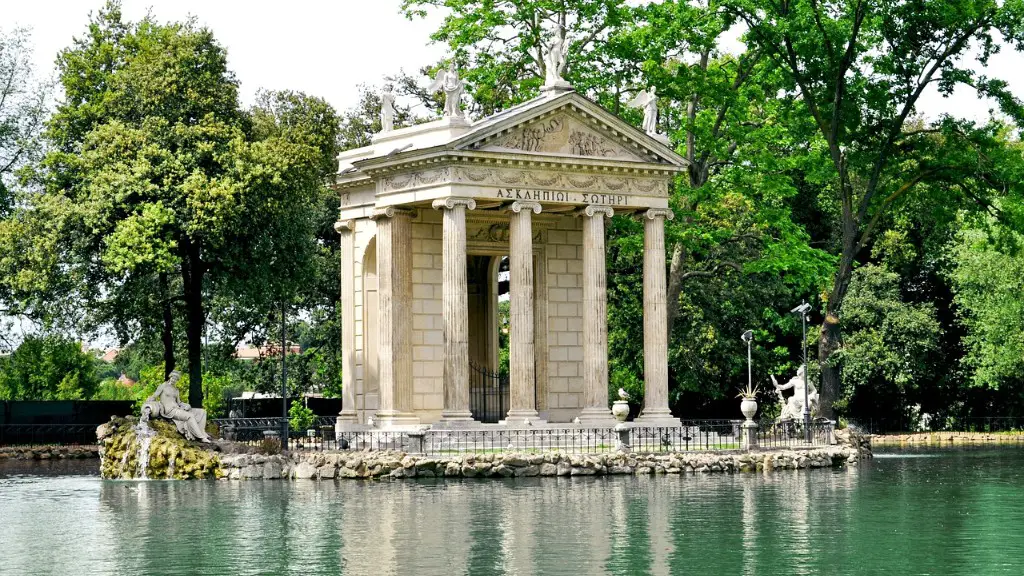Who Built the Great Architecture of Ancient Rome?
The eternal city, ancient Rome, was a world wonder consisting of great buildings, statues, and vast villas. While it is easy to admire the architecture of the Roman era, many tend to forget to acknowledge the countless engineers, masons and craftsmen that were responsible for its engineering and design. Ancient Rome was a place where the crème de la crème of architects, craftsmen and engineers were centralized. Their combined skills were used to build the great architecture of Ancient Rome.
From the fourth century BC, The Romans began using the arch in their structures. The arch allowed Roman structures to span wider spaces, which enabled greater construction projects. An example of such structures are the Pantheon and the Colosseum. It is estimated that the Pantheon alone required the use of over 10,000 slaves and craftsmen throughout the building process.
Apart from the use of the arch structure, the Romans utilized a concrete recipe that gave a long lasting effect on their structures. This concrete of mixture of volcanic ash, much, lime and water was adopted from the Greeks, and with further innovations, improved the strength and durability of Roman buildings.
The grandeur of many Roman buildings were further enhanced with the use of ornamental sculptures, statues and paintings that helped to glorify the empire. On sunny days, the design of these structures would give a light and shadow effect on the walls and sculptures, creating an illusion of grandeur to the observer.
The Romans were known to build on a large-scale which was helped in part through their efficient logistical management prospects. Through their interlinking networks of roads, good communication, infrastructure, and a strong base of available skilled personnel, Roman engineers and builders were able to build massive structures. This made it possible for the Romans to build greater structures than at any other time in history.
Estimation of Building Materials
Roman engineers were well-equipped to deal with large-scale construction projects. One of the main requirements for construction is the estimation of building materials, which Roman engineers had mastered. Through rigorous testing, the Romans were able to develop an exact amount of material required for a given structure. Taking into account both the amount of material and labour, the Romans were able to maximize the efficiency of the project and avoided wastage.
Another aspect of construction the Romans had mastered is the adaptation of the project to environmental factors. By observing the environment, the Romans were able to adjust their designs and building methods to their environment, making the most of the local resources available to them.
Furthermore, the Romans were also able to develop groundwork techniques and pre-planning processes. They were also able to improve masonry techniques, which allowed them to build high-quality structures.
The Role of Emperor Trajan
During the reign of Emperor Trajan, from 98 to 117 AD, the peak of Roman architecture was reached. Trajan was a leader who saw the future of Rome in its vast empires, strong leadership and grand infrastructure. He invested heavily in the construction of monumental structures like the Forum of Trajan, the Column of Trajan and Trajan’s Markets. It is argued that without his influence, the historical build of Rome would not have reached the level of greatness it did.
As well as commissioning major public works and iconic monuments in Rome, Emperor Trajan also managed funding for the construction of grand villas, baths and aqueducts across the empire. He was a great patron of art and architecture, and his engineering and design skills were second to none.
Keys to Success
The rise of Rome to become one of the most powerful civilizations in human history was due to its success in construction. This success was achieved through the knowledge and skills of Roman engineers, masons, architects and craftsmen. By perfecting their engineering and design through experimentation, rigorous testing and trial and error, the Romans were able to build some of the world’s most awe-inspiring structures and monuments.
The beauty of Roman architecture is still widely admired and has truly stood the test of time. The structures and monuments from the Roman era remain visible to this day and are constant reminders of the human capability to think and design innovatively on a large-scale.
The Role Played by Slaves
The construction of great architecture in Ancient Rome was not solely the work of architects, engineers and craftsmen, but also relied heavily on the use of slave labor. Although the exact figure is difficult to quantify, it is estimated that slaves constituted a significant portion of the labor force during the Roman Empire.
Slaves were used to move stones, build scaffolding and provide manual manpower. Without their labor, it would have been impossible for the Romans to build a world wonder. While the conditions in which slaves worked were far from humane, their labor was integral in the conceptualization and implementation of grand structures like the Pantheon and the Colosseum.
The Contributions of Women
While the male architects and engineers got most of the attention, female architects, engineers and builders also made significant contributions to the great architecture of Ancient Rome. As most women were restricted in their career choices at the time, some found success in architecture, engineering and construction by building on the lands owned by their families. These Women were able to create magnificent structures that helped to improve the Roman society.
Apart from their contributions in design, Roman women were also skilled builders and craftsmen in their own right. They were able to effectively use their materials to construct homes, bridges, roads and other civil engineering features. Rome’s architecture was greatly influenced by the inventiveness of its female architects.
The Legacy of Rome
Today, Roman architecture remains an inspiration for modern-day architects, engineers and builders. The great Roman architecture is still influencing design and architecture concepts like arches, columns and concrete structures. With the proper skills and knowledge, one can still create grand structures that are true marvels of engineering.
Despite the long passage of time, the grand buildings of Ancient Rome still remain visible today. As a result of their durability and design, these structures are still teaching architecture, engineering, and design enthusiasts how to build and create innovative structures. The great architecture of Ancient Rome is truly an unparalleled legacy that continues to inspire and educate the world.




